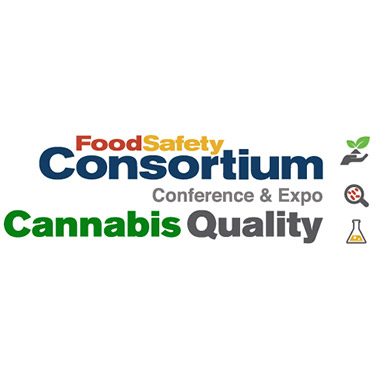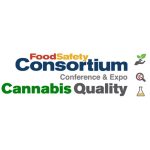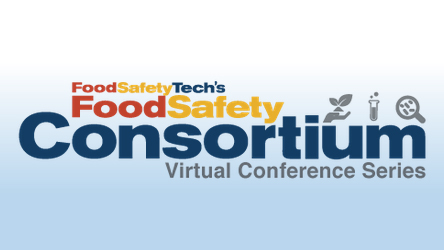As the population grows, food production capacity must likewise increase. While that’s generally good news for food manufacturers, scaling can be complex, especially amid widespread inefficiencies and labor challenges. Implementing collaborative robots in manufacturing can help overcome those obstacles.
Collaborative robots—also called cobots—work alongside human workers instead of in fully automated workflows or behind machine guarding. If food manufacturers can implement them effectively, this robot-human collaboration can make it easier to increase production capacity in the following ways.
1. Speeding Warehouse Operations
Warehouse operations are common bottlenecks, and as online food and direct-to-consumer services grow, they’ll become increasingly crucial. One of the most impactful ways cobots increase capacity in manufacturing is by making warehouses more efficient.
Cobots are especially helpful in picking. Walking accounts for most of the picking time, and it’s easy for humans to make errors in these workflows. Consequently, using cobots to manage picking while humans handle other tasks increases warehouse productivity two times over on average.
When cobots handle the most time-consuming tasks, warehouses can move more product in less time. As a result, these facilities manage rising throughput without significant delays, enabling faster growth without sacrificing shipping times or costs.
2. Mitigating Labor Shortages
Similarly, cobots can address labor shortages that currently stop food manufacturers from reaching peak capacity. Many professionals worry about the impact of robotics on jobs, but cobots augment human labor, not replace it. In addition, employees today are leaving the workforce faster than employers can replace them, so businesses need solutions apart from human workers.
Collaborative robots help by automating the facility’s most mundane or time-consuming tasks, which leaves human employees with more time to spend on other work. The factory as a whole can accomplish more as a result.
3. Minimizing Errors
In addition to excelling at repetitive tasks, collaborative robots can also handle the most error-prone tasks. Monotonous workflows—such as packaging, labeling and picking—are common in food production and not ideal for humans, who get tired and distracted easily. Using cobots in these roles instead can minimize mistakes. Fewer mistakes translate into less disruption to the workflow and fewer wasted materials. This, in turn, increases throughput, making upscaling more cost effective.
4. Improving Safety
Like conventional industrial robots, cobots can automate the most hazardous tasks in a facility to minimize injuries. Unlike traditional robots, cobots can work safely alongside humans without additional safety stops. Consequently, they minimize machine-related accidents, offering more safety than other automation systems. Food manufacturing plants will have less unplanned downtime due to workplace accidents. With more uptime, they can increase production capacity.
Automating parts of the workflow also creates more production data to analyze. Increased connectivity and data have helped manufacturers respond to foodborne illness outbreaks faster, improving the safety of consumers, as well.
5. Enabling Flexibility
Conventional robots can produce similar benefits in many of these areas but they come at the cost of flexibility. Using collaborative robots in manufacturing lets food producers enjoy the advantages of automation without sacrificing adaptability.
Fully automated workflows can take days or even weeks to adjust to new processes. Collaborative workflows can adapt much more quickly because human workers are more flexible than machines. Cobots let food manufacturers capitalize on automation’s efficiency and human adaptability, providing the best of both worlds.
That flexibility is essential when upscaling because increasing capacity will disrupt some workflows. Facilities will have to adapt as demands rise and shift, and conventional automation is too rigid to make that transition smoothly and quickly. Collaborative robots are a more reliable way forward in a disruption-prone market.
Historically, food production has not been able to automate to the same extent as other manufacturing sectors. Workflows involve too much variability to meet the sudden shifts in consumer demands. Cobots offer the flexibility and speed companies need to embrace automation.
As more food manufacturers implement cobots, it is likely that the nation’s food production capacity will grow. That growth is an essential step forward as the population rises and direct-to-consumer food shipping becomes more popular.





















